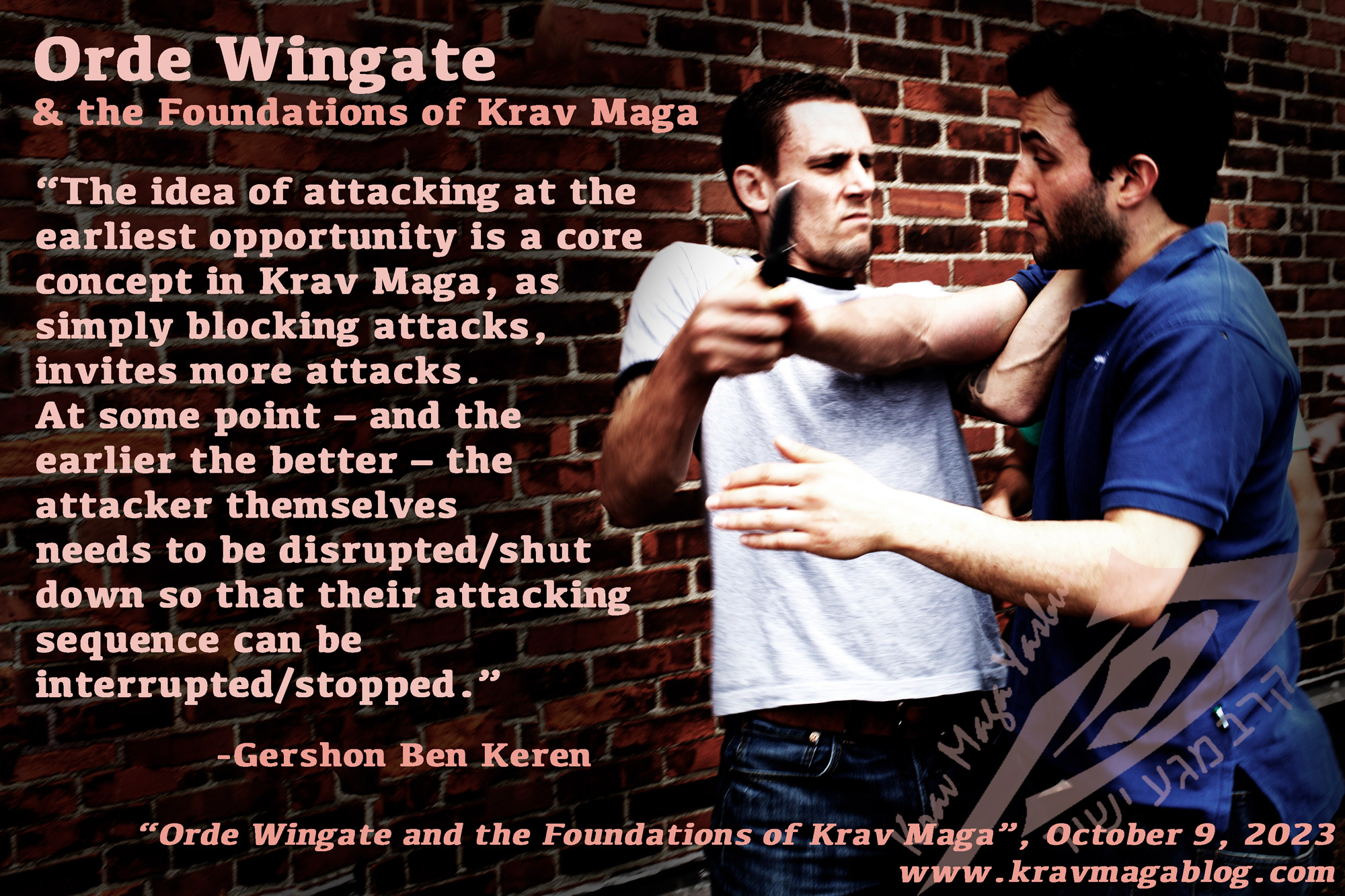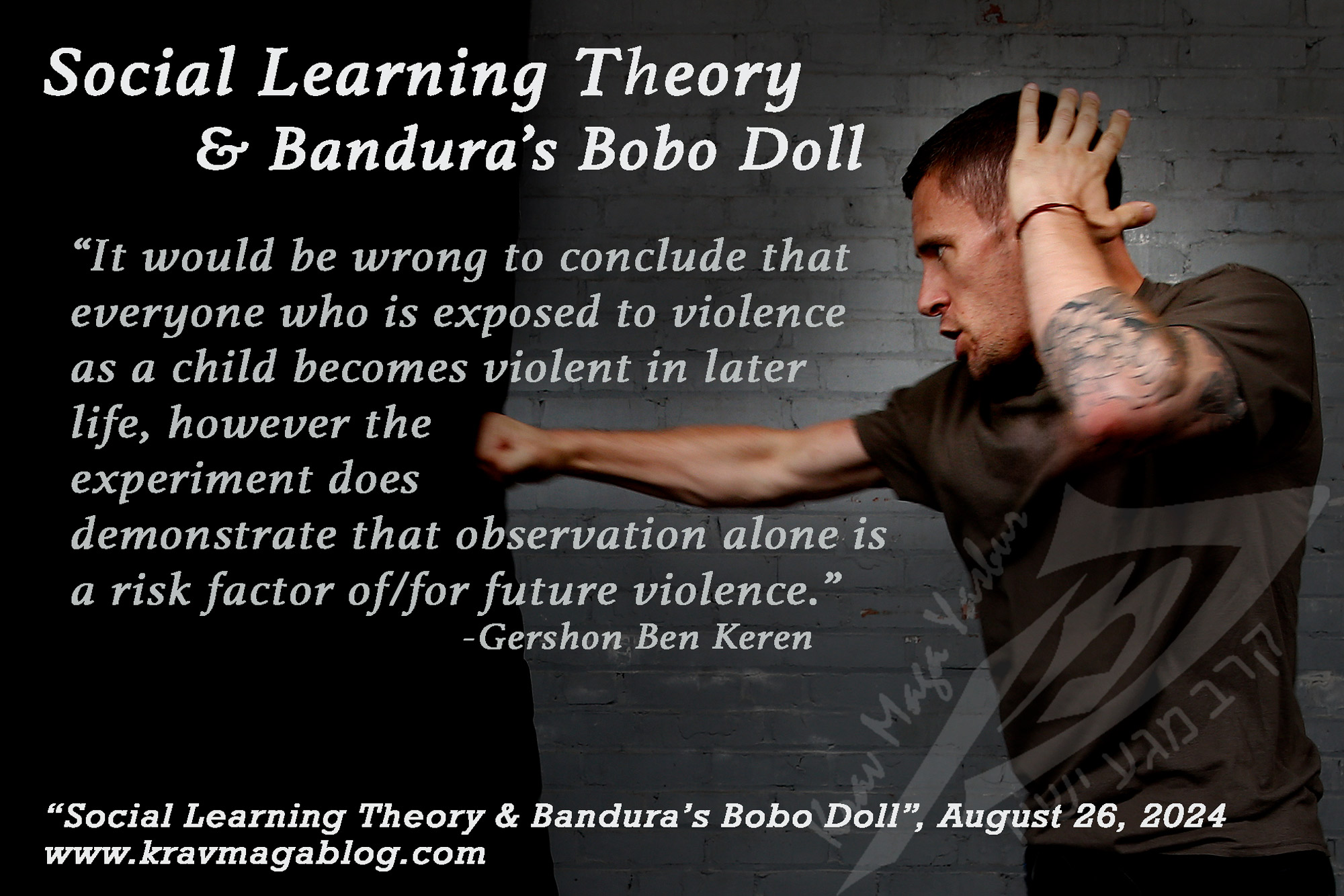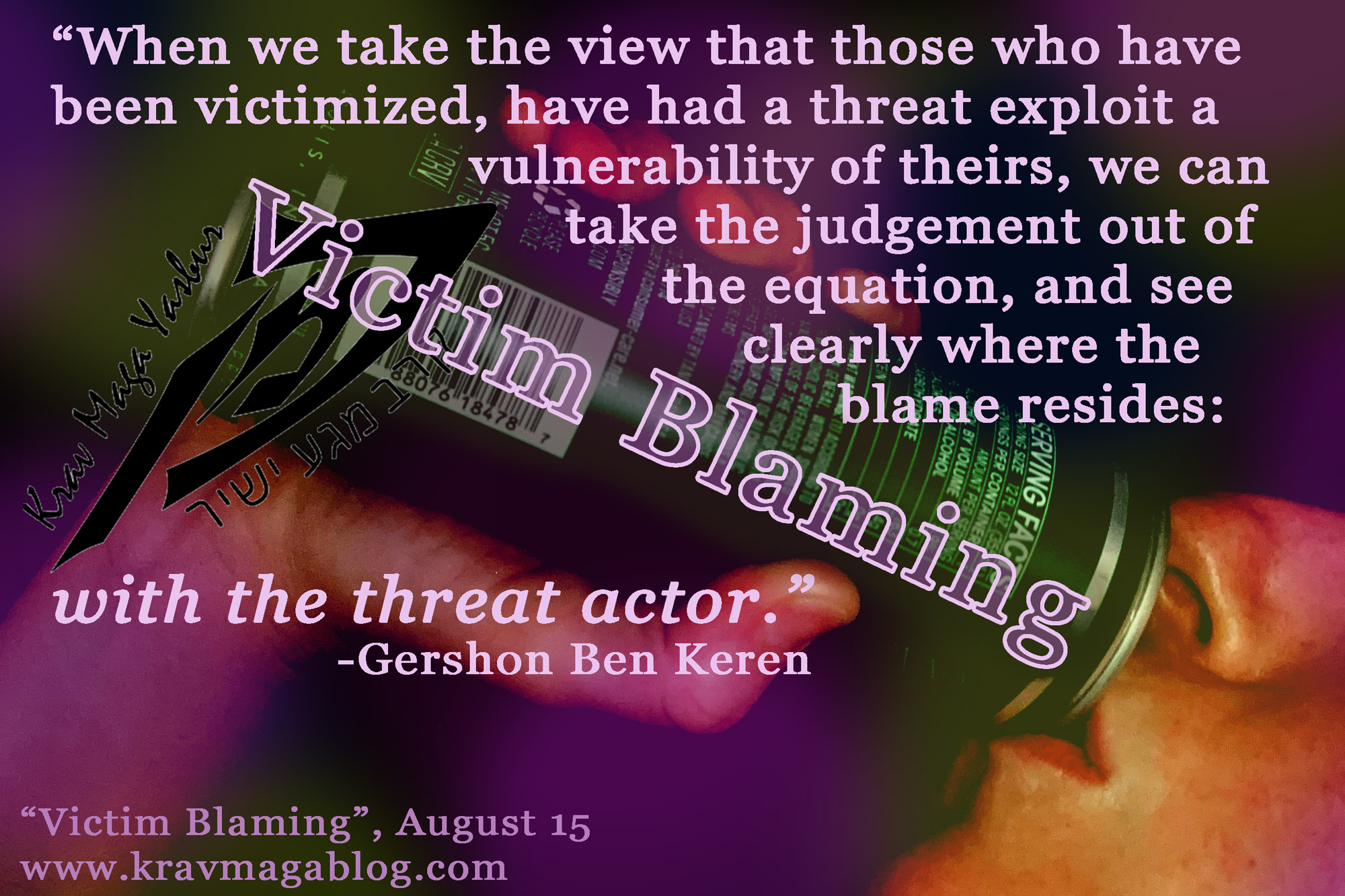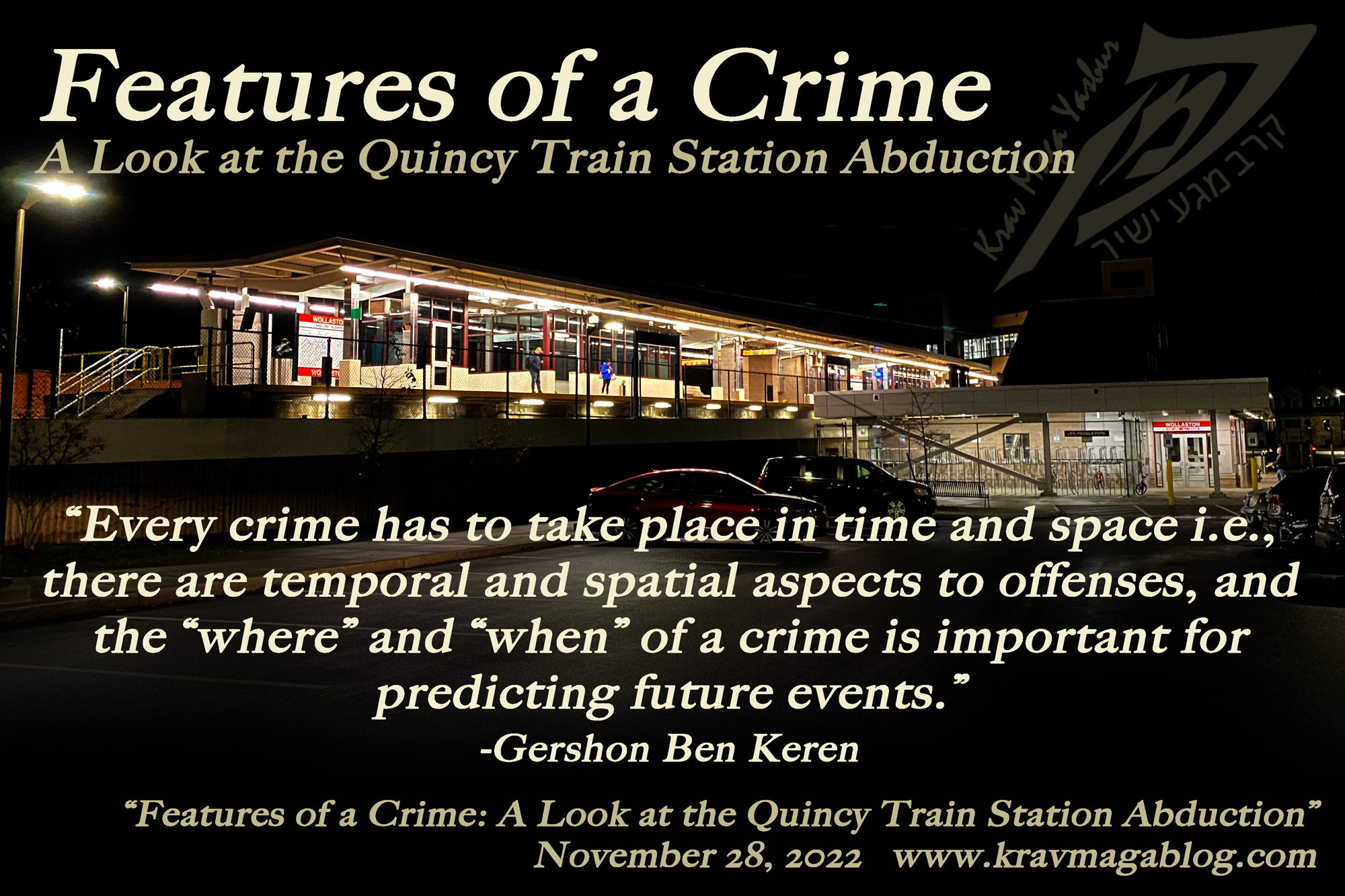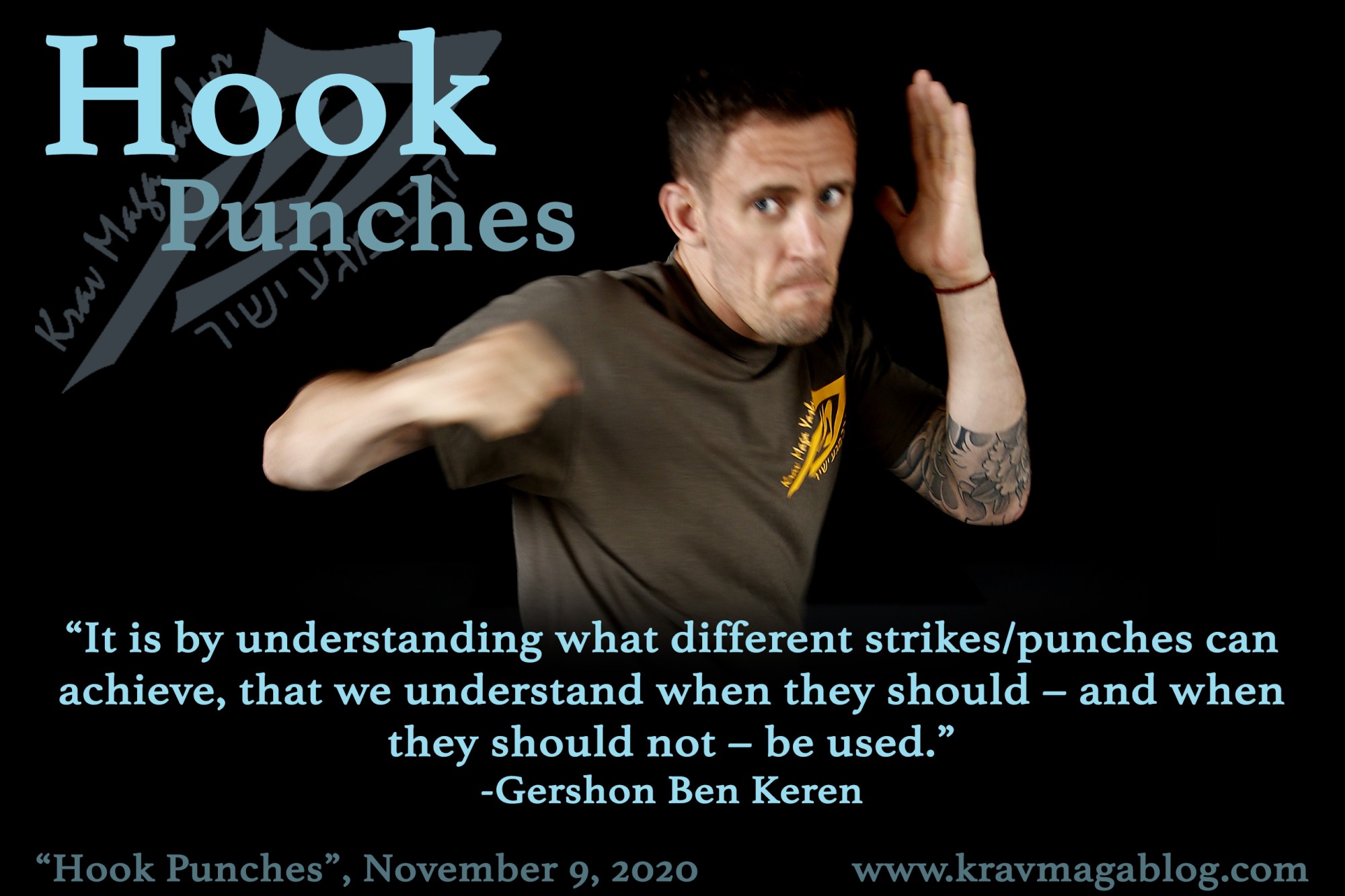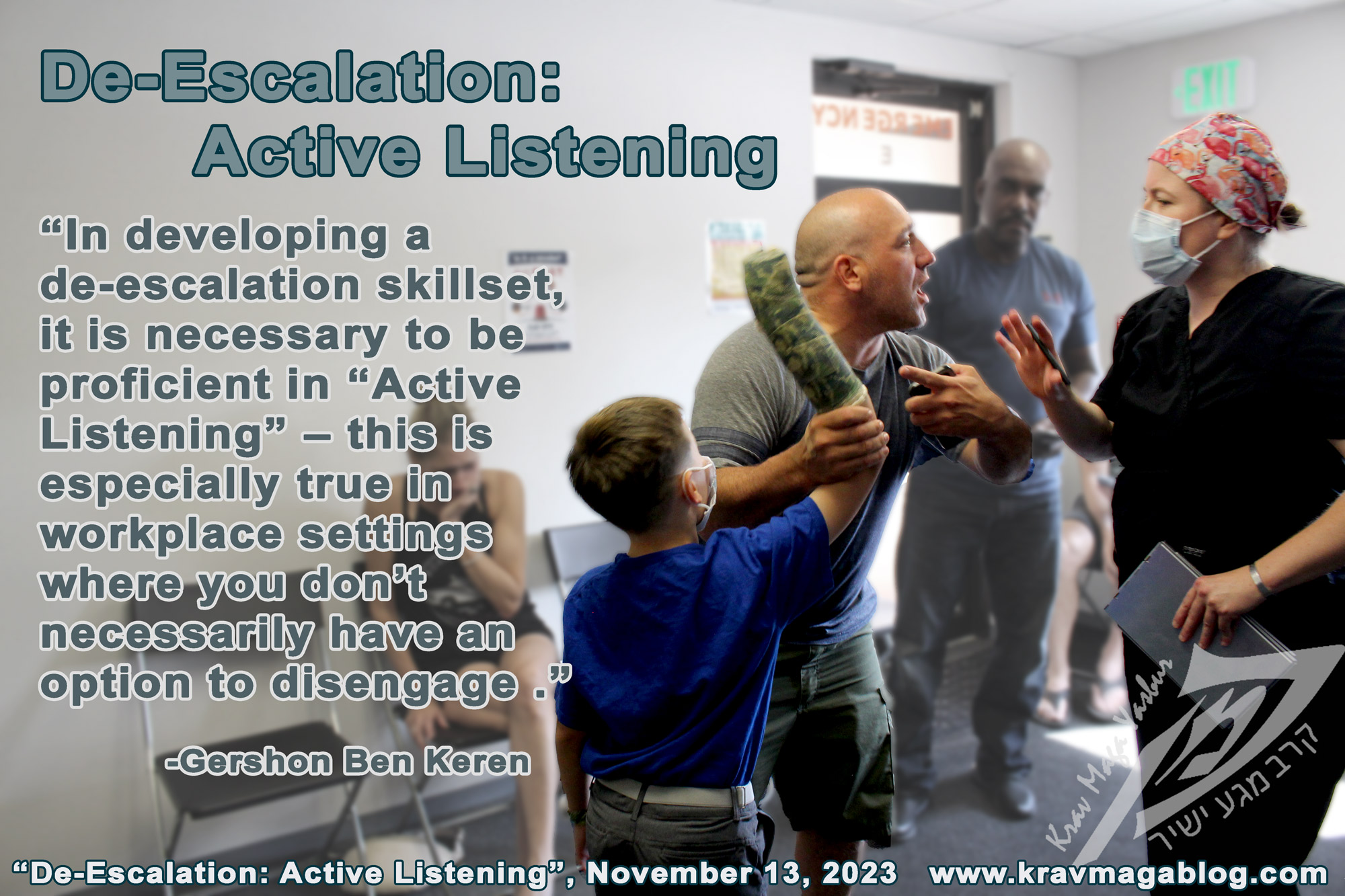De-escalation and Active Listening, is an article written by Gershon Ben Keren, a 5th Degree Black Belt in Krav Maga, who teaches Krav Maga in Boston, MA. He has also authored three Amazon best-Selling Books on Krav Maga.
In developing a de-escalation skillset, it is necessary to be proficient in “Active Listening” – this is especially true in workplace settings where you don’t necessarily have an option to disengage e.g., you have to resolve an emotional client/customer’s complaint. It is important to note that there is a difference between de-escalation and conflict resolution i.e., de-escalation is about reducing and removing the emotion in a confrontation so that an individual is able to consider ways that the conflict could be resolved etc. Active listening is a process that contains elements of de-escalation and conflict resolution. In a quickly escalating situation that is starting to become highly volatile, more immediate de-escalation methods are normally more effective at bringing an incident under control, however in situations where things are escalating in a more controlled fashion, and/or when someone’s initial outburst has been brought under control active listening can be highly effective.
Most of the time (approximately 90%), we are passive listeners i.e., we don’t really pay attention to what someone is saying. We have probably all had conversations where we’re responding to the other person saying, “yes”, “yes”, “yes” etc., and then we finally catch on to what they’re saying and go, “hang on a minute, you’re saying what?” Up until something particularly significant was said to us, we’d not really been paying attention to the other person. If we take this approach when trying to resolve a conflict and/or dispute we are likely to be unsuccessful. One of the reasons being that we’re not taking the other person and their position seriously; we are making them, and their issue appear trivial and irrelevant and not worth our time; something which is only going to escalate the situation. Active listening follows a process: we receive information, we attempt to understand it, we evaluate it, and then remember it – remembering and “returning” information to the person we are dealing with demonstrates that we are actively listening to what they’ve been saying. Active listening as a process takes time, however when we consider that physical violence is potentially the alternative it is a process worth engaging with. Often in certain professions individuals want to resolve an “issue” - even if it isn’t a conflict - as quickly as possible e.g., it has been found that doctors in general practice, often don’t wait for a patient to finish describing symptoms before prescribing medication/a solution, and police officers taking witness statements have been shown to often interrupt if they feel the witness isn’t getting to the pertinent information that they need quickly enough etc. We need to avoid “rushing” the active listening process because we want to resolve the conflict/dispute as quickly as possible.
There are five basic components of active listening: paraphrasing, mirroring, labelling, I-messages, and summative reflection. Paraphrasing is simply putting what is being said into your own words. It shows that you understand what is being said, and what the complaint, conflict and/or dispute is about. Often, emotional individuals will find it hard to fully articulate themselves, and so paraphrasing can help direct their thinking by having something they’re saying returned to them in another set of words. It is important that when you do this you stick to what has been said and don’t elaborate on it by introducing “new” thoughts and ideas. The idea of mirroring is to build rapport, demonstrating that you can see the world in the same way as they do; you understand how they feel because in similar situations you often feel the same way too – saying this helps to create an emotional connection. Labelling allows anger and emotion to be put into a “rational” context. In some ways it shares similarities with paraphrasing but is somewhat more structured in its approach. It uses a “When”, “Feel”, “Because” structure e.g., when something happens it causes the person to feel a certain way because of a certain reason or issue. The “reason” being the crux of the complaint, conflict and/or dispute. This can be a good way of getting to the actual reason behind the person’s anger, because if they correct your “because” on this portion of the response you have discovered the “real” reason for their anger. You normally start the labelling process by making a statement such as “You seem really worked up/angry” etc. and wait for the person to respond and then structure your response using the when/feel/because method. The fifth component is “Summative Reflection”. This is something that should be done periodically, and not overused. It’s a way of summing up and reducing/condensing the content of everything that has been said to just the pertinent points necessary to resolve the conflict. Summative Reflection also demonstrates that you have both understood what has been said and remembered it.
It is worth reiterating that active listening is one of a number of tools that can be used as part of a de-escalation and conflict resolution process. It should also be noted that the outcome that an aggressive and highly emotional person wants may not be possible/permissible, and that boundaries must be maintained i.e., conflict resolution should never simply be about acquiescing to someone’s demands because that will move them on. In workplace settings when dealing with emotive clients an organization’s policies may mean that it is not in your power to acquiesce to what the other person wants e.g., if an item that was bought is being returned a long way outside the window of time allowed and the company has a strict policy on this, the customer is not going to get the outcome they desire. In such cases active listening should be used to demonstrate respect for the customer’s feelings and position and as a tool for helping them understand why the policy is in place etc. In next week’s article I will look at some other tools that can be used to de-escalate aggressive and emotional incidents.
0 COMMENTS